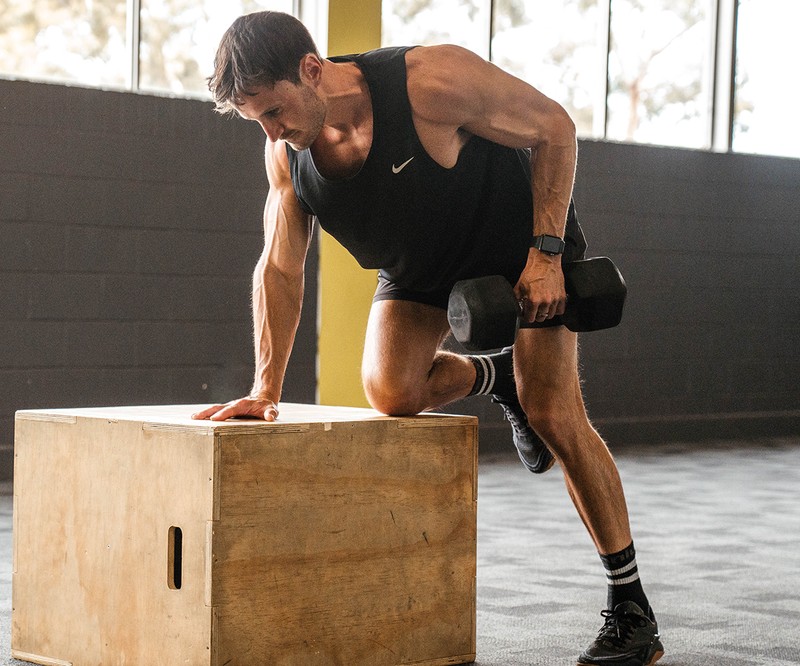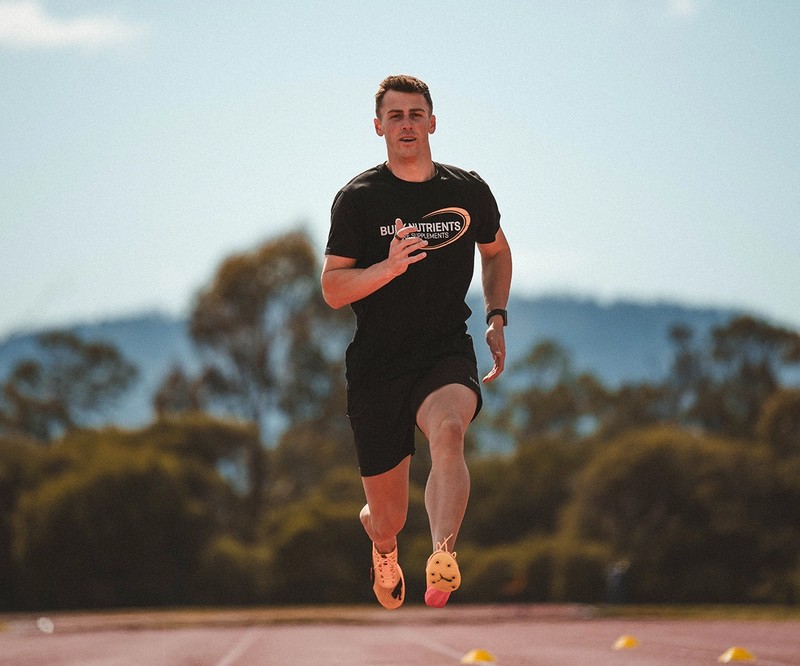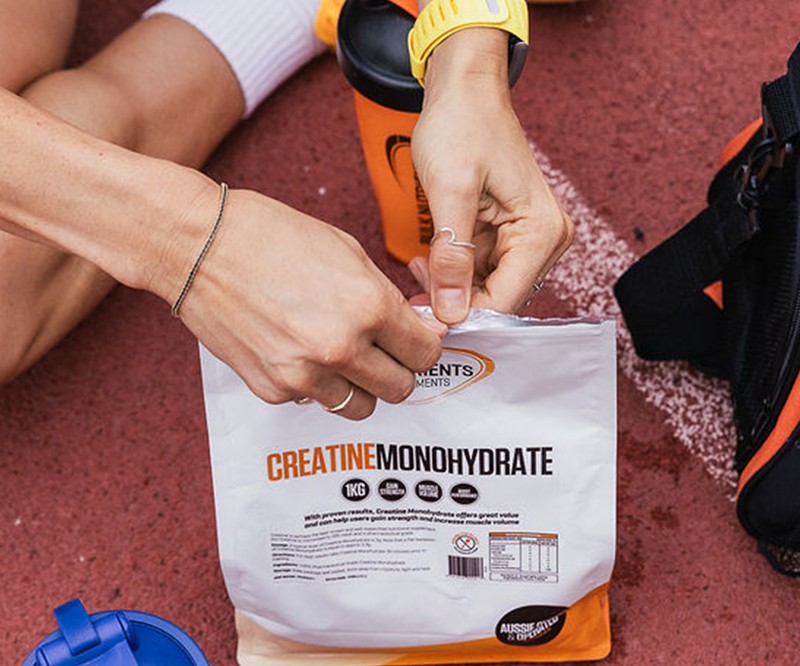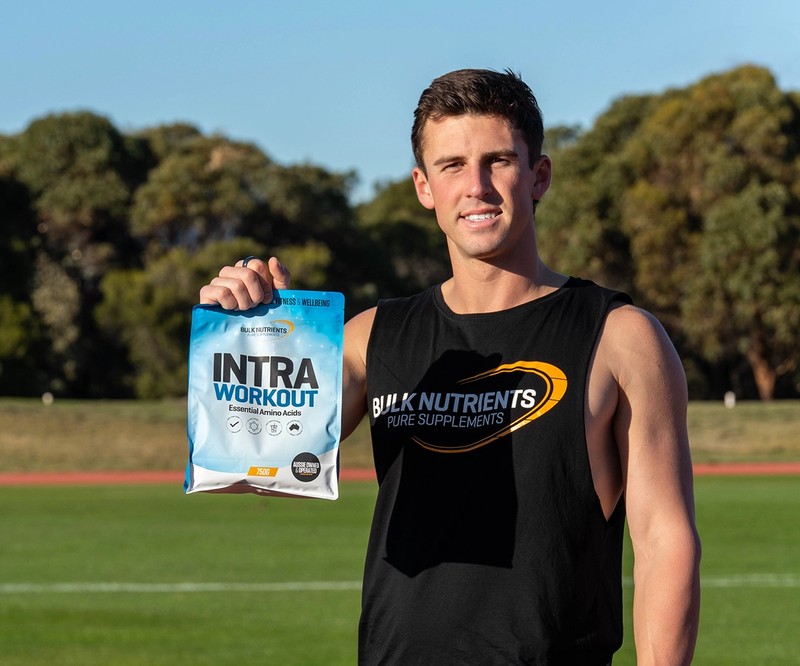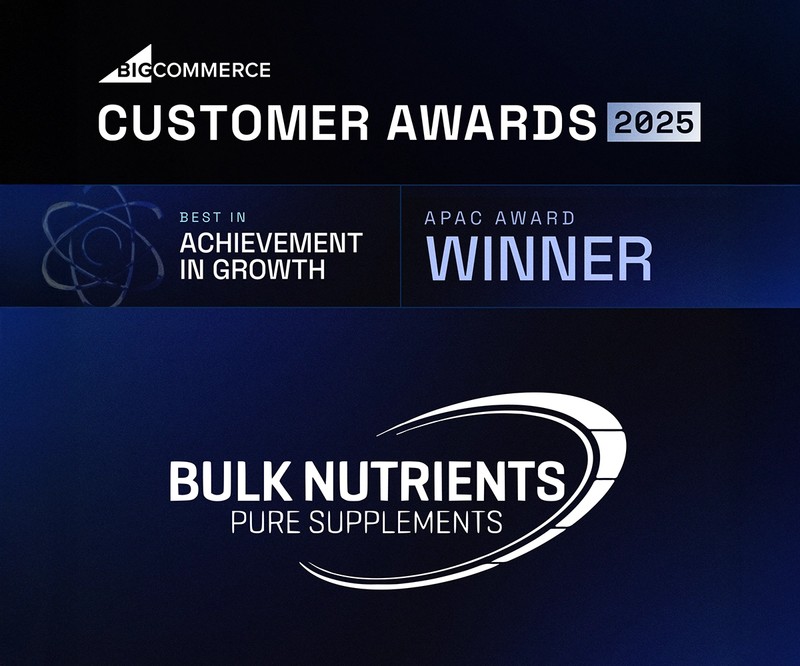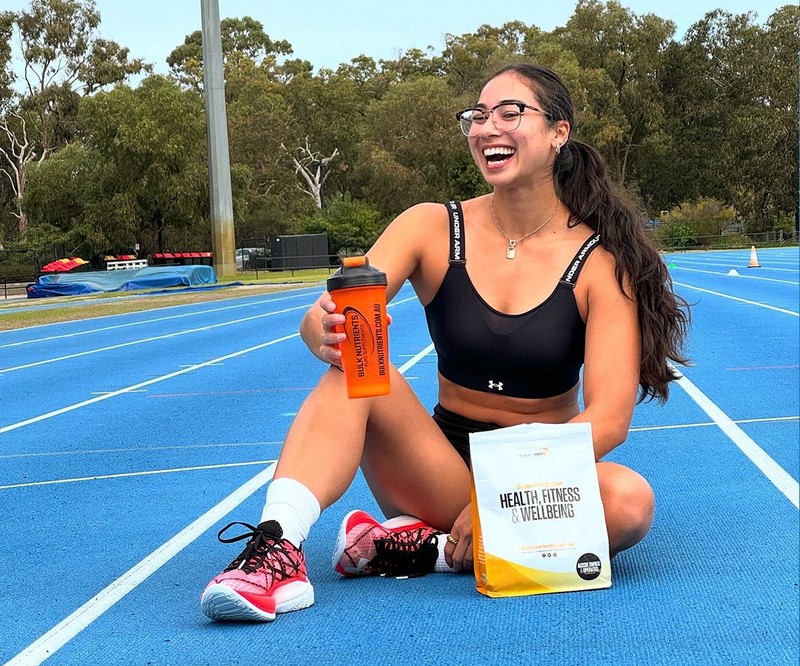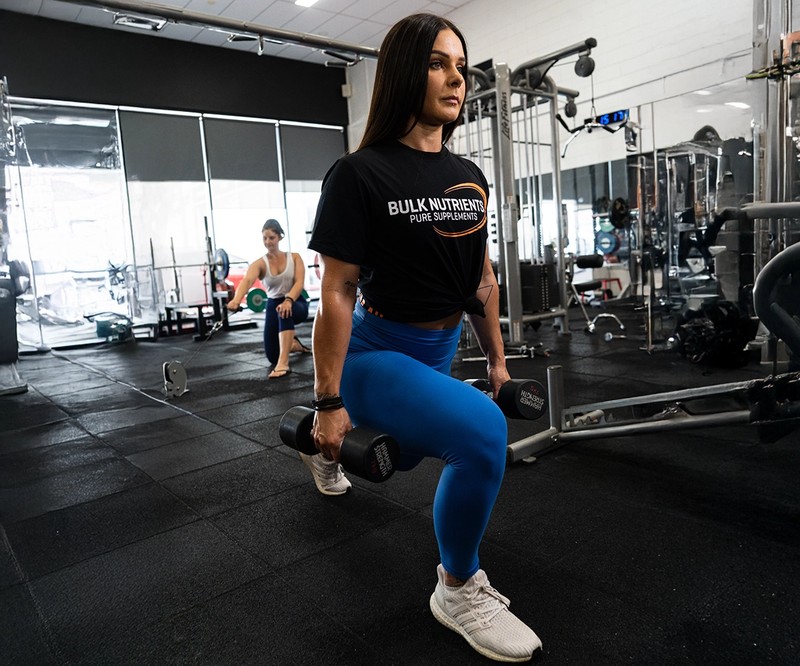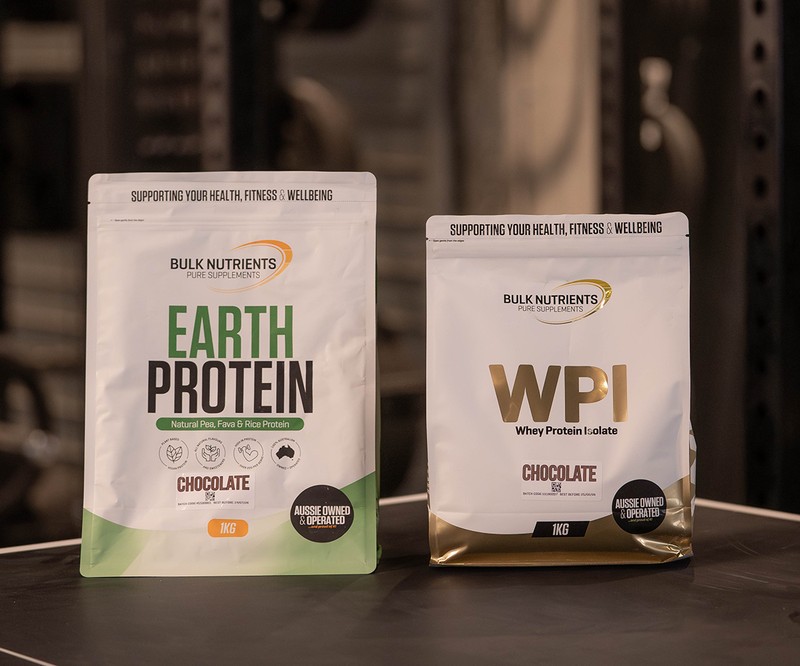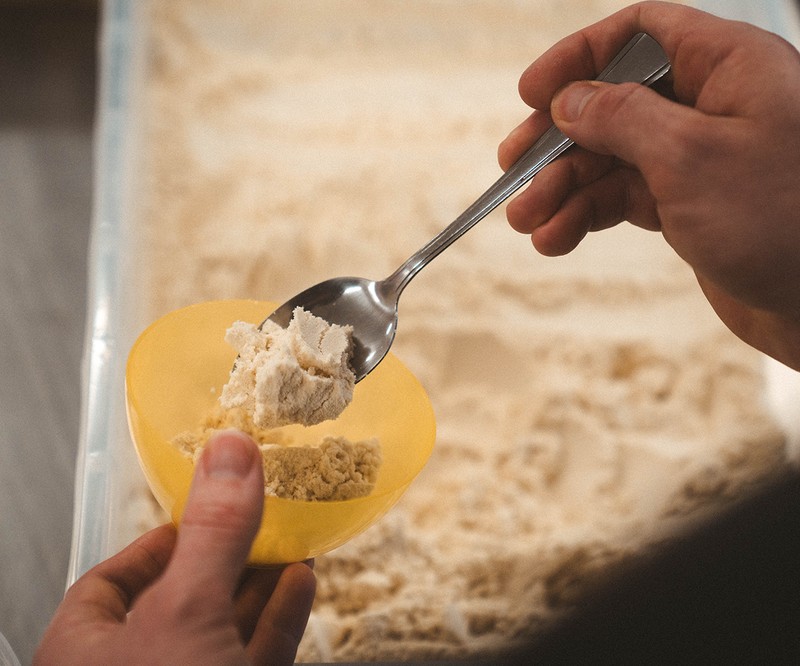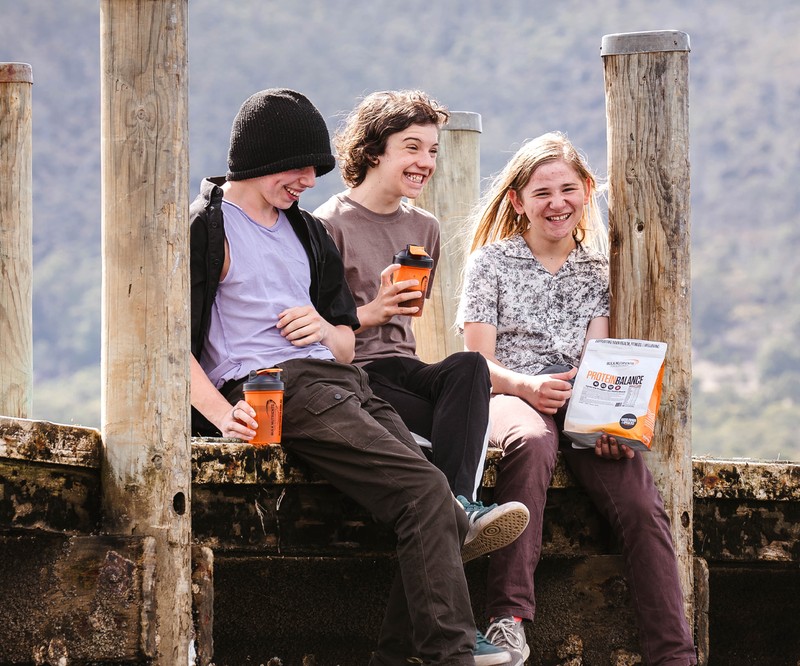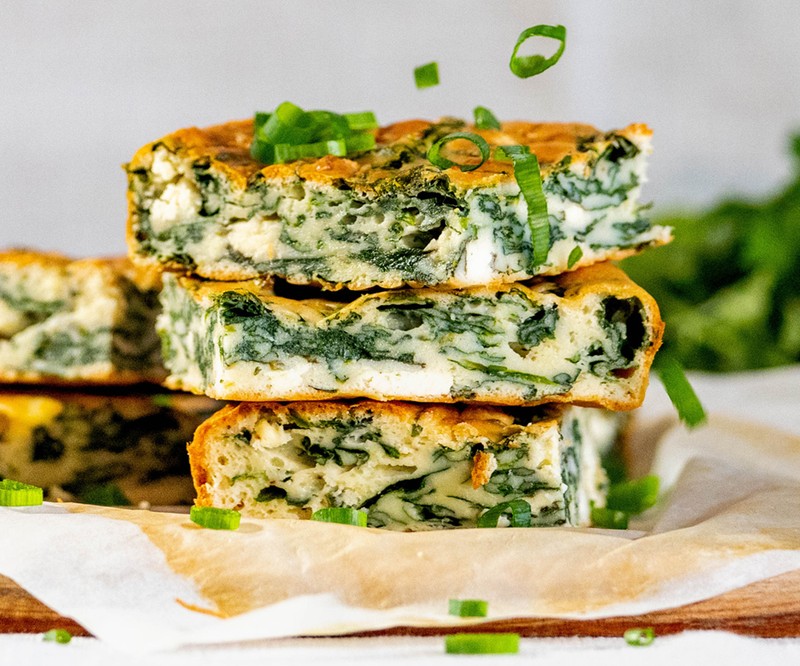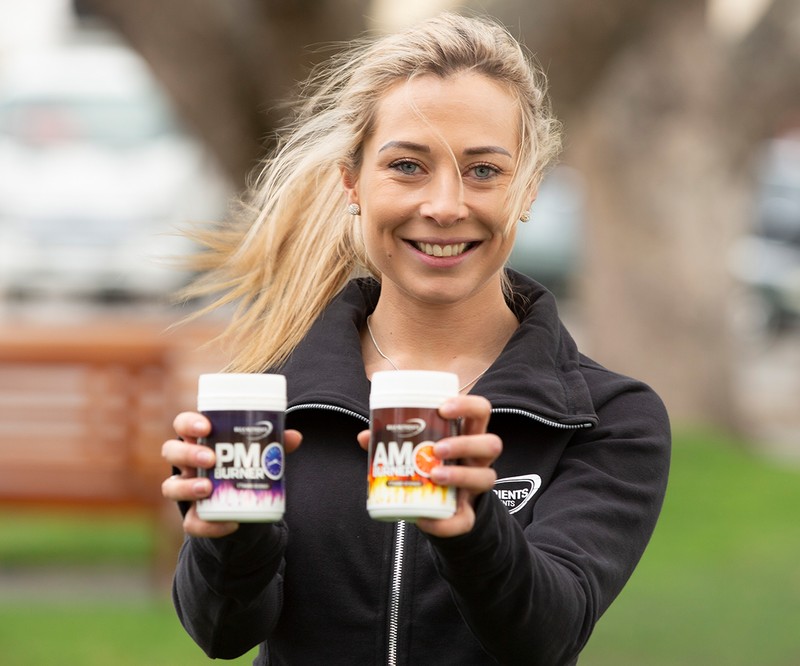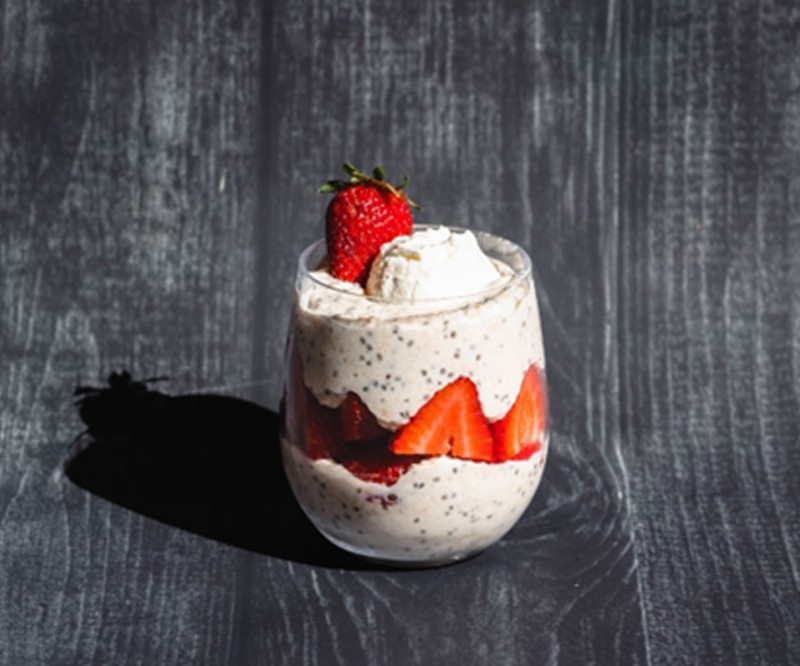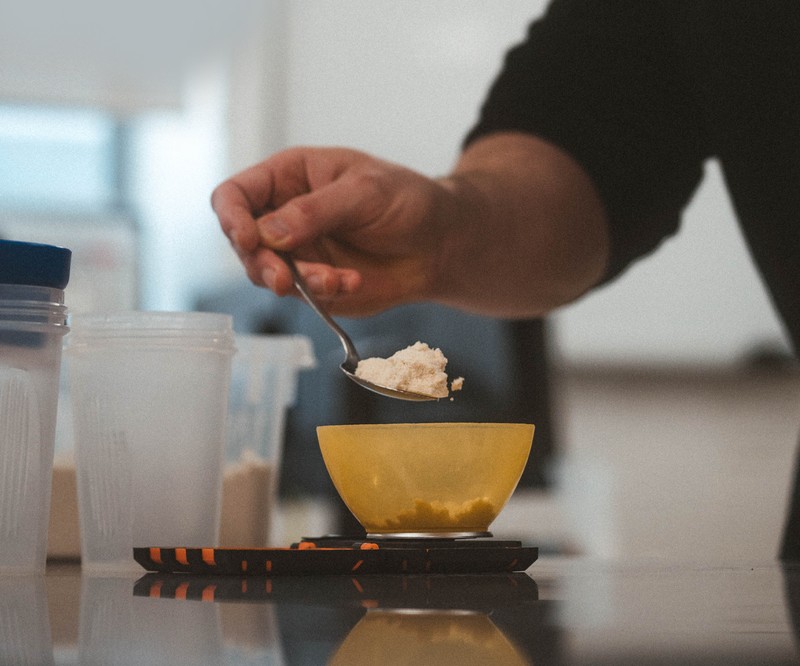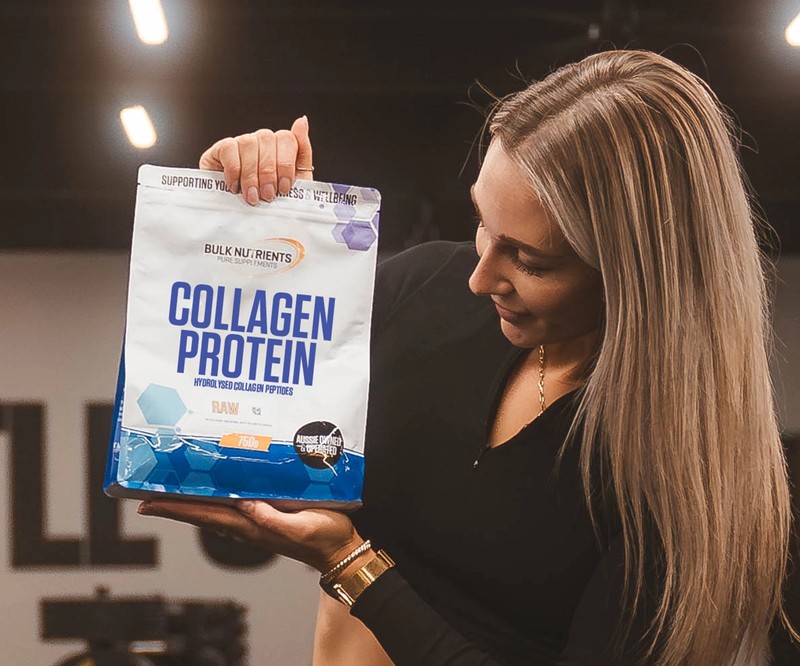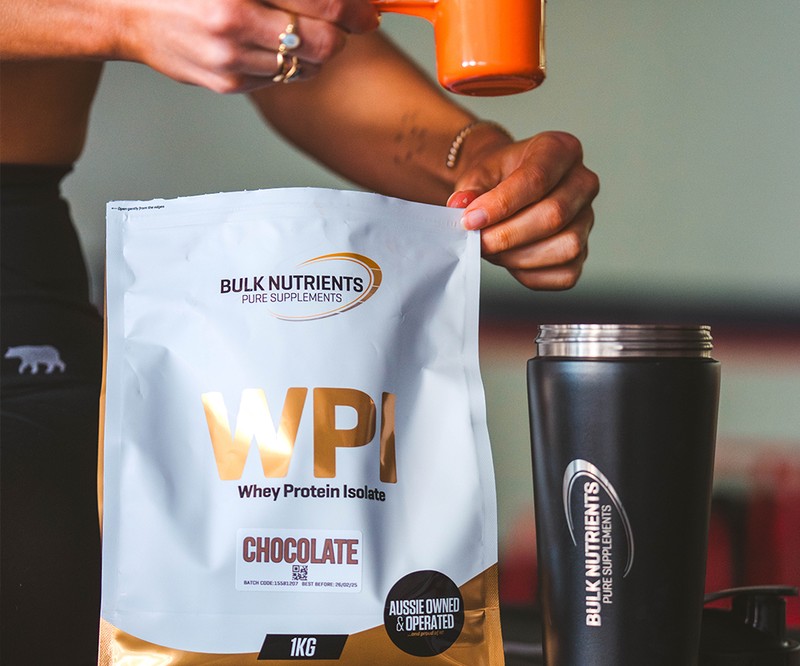A Guide to Lean Fish vs Fatty Fish

There’s nothing like a fresh slice of fish - packed with protein to help us run away with as many muscle gains as possible.
But sometimes when we’re looking to keep our foods low-calorie – we need to be aware of how much fat is in the fish we eat.
Some fish contain higher fat, thus higher calories. For example… a fish like a barramundi has next to zero fat, whilst salmon has significantly more.
Let’s jump in and get an understanding of which type of fish is higher in fat, and learn about which fish is best for you, complete with some environmental and sustainability considerations.
Nutritional differences between lean and fatty fish
What are fatty fish? Per 100 grams, the fish macronutrient content of all these fatty fish types readersdigest.com.au:
| Fatty Fish | Protein | Fat | Carbohydrates |
|---|---|---|---|
| Mackerel | 18g | 16g | 0g |
| Herring | 18g | 13.2g | 0g |
| Salmon | 20g | 11g | 0g |
| Sardines | 20g | 9g | 0g |
| Trout (rainbow, farmed) | 19g | 5g | 0g |
| Anchovy | 20g | 4.7g | 0g |
Taking things further, nutrient values may vary slightly depending on the type of salmon (e.g. wild or farmed) and the method of cooking. These values are based on raw, uncooked fish.
Fish is classified as a lean source of protein, and for good reason.
Mackerel, with 16 grams of fat, isn't too large considering the protein you get with it.
But it's critical we know the fat content regardless, as some women on a weight loss diet will have a daily limit of 50-60 grams of fat per day.
So in this context, 16 grams would be a significant percentage.
Meanwhile, the ever-popular salmon has 11 grams of fat.
Again, this isn't anything too large, but people tend to forget about it when consuming foods like sushi, having up to 200-300 grams of salmon and thinking it's "lean" and that they've consumed "next to no fat."
But in reality, this is up to 30 grams, not at all insignificant!
For a quick snapshot, here is what 100 grams of smoked salmon looks like.
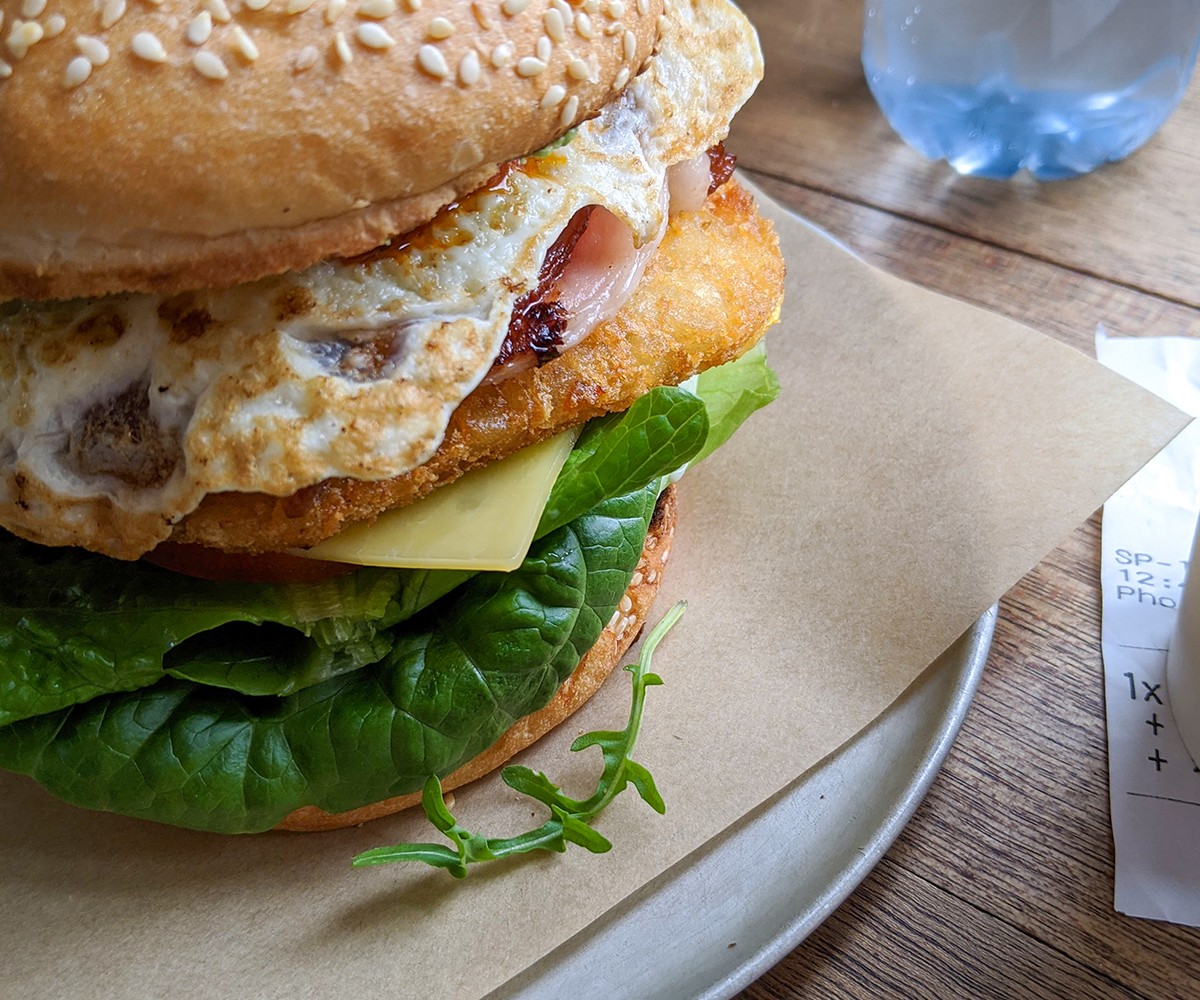
The lowest calorie fish
The leaner types of fish, the ones you can eat a large amount of without worrying about fat content are list below with calories per 100 grams:
| Leaner Fish | Calories |
|---|---|
| Haddock | 87 cal |
| Whiting | 132 cal |
| Cod | 82 cal |
| Boiled prawns | 99 cal |
| Oyster | 81 cal |
| Steamed scallop | 137 cal |
| John Dory | 95 cal |
| Squid | 92 cal |
| Tilapia | 129 cal |
| Boiled lobster | 97 cal |
| Barramundi | 108 cal |
| Clam, cooked | 148 cal |
| Boiled mussel | 150 cal |
| Bream | 118 cal |
| Red mullet | 117 cal |
| Tuna | 101 cal |
| Boiled crab | 101 cal |
Now let’s look at the total macronutrient breakdown of these fish with protein, fat, and carbohydrate content per 100g.
| Leaner Fish | Protein | Fat | Carbohydrates |
|---|---|---|---|
| Haddock | 20g | 0.6g | 0g |
| Whiting | 20g | 0.7g | 0g |
| Cod | 20g | 0.7g | 0g |
| Boiled prawns | 18g | 0.9g | 0g |
| Oyster | 9g | 1.3g | 5g |
| Steamed scallop | 12g | 1.4g | 3g |
| John Dory | 19g | 1.4g | 0g |
| Squid | 14g | 1.5g | 0g |
| Tilapia | 19g | 1.5g | 0g |
| Boiled lobster | 17g | 1.6g | 0g |
| Barramundi | 20g | 1.8g | 0g |
| Clams, cooked | 13g | 2.4g | 2g |
| Boiled mussel | 15g | 2.7g | 1g |
| Bream | 20g | 2.9g | 0g |
| Red mullet | 18g | 3.8g | 0g |
| Tuna | 25g | 4.6g | 0g |
| Boiled crab | 18g | 5.5g | 1g |
Note: Nutrient values may vary depending on the type of fish and the method of cooking. These values are based on raw, uncooked fish unless otherwise specified.
So keep the above list in mind when you’re wanting to know fish good for weight loss!
Lots of us love consuming a fish diet for weight loss, as some of them (ie, the above) contain very few calories, and can be very tasty with some herbs and spices!
So what is the best fish for weight loss? Based on the list above, whiting is number one, followed by tilapia, with barramundi in third.
Health benefits / potential risks of consuming different fish
Fish contains fatty acids, selenium, iodine, vitamin D, and taurine, which may help us reduce our likelihood of developing cardiovascular disease.
A review in 2019 which included data from over 10 studies, found fish oil to lower the risk of a heart attack and death from coronary heart disease.
Consuming fish fights heart disease in these different ways:
- The omega-3 fatty acids in fish protect the heart against the development of erratic and potentially deadly cardiac rhythm disturbances.
- They lower blood pressure and heart rate, improve blood vessel function
- At higher doses, omega 3s can lower triglycerides and might ease inflammation.
Further research finds seafood helps with brain and eye health, and it's recommended we consume two servings per week.
Moreover, other research finds fish to be beneficial for the immune system, whilst playing a role in favourable gut health.
Moreover, women who are pregnant can benefit further from fish intake, as it's been found to be important for optimal development of a baby’s brain and nervous system:
"...in general, how much fish women ate during pregnancy appeared to have little long-term relation with neurodevelopmental outcomes in their child."
Regular fish intake might also help us reduce the risk of depression, stroke, and Alzheimer's disease.

Choosing the Right Fish for Your Diet
With so many options to choose from, it can be tough to know which fish is right for you. So, here are some tips to help you make the right choice:
- If you're trying to lose weight, opt for lean fish like tilapia or cod, and pair it with a healthy side dish like roasted vegetables or a salad.
- If you're looking to build muscle, choose fish that's high in protein, like salmon or tuna, and make sure to get enough protein from other sources as well.
- If you're looking to improve heart health, go for fatty fish like salmon or mackerel, and make sure to limit your intake of fish high in mercury.
Got your fish? Great! Now it's time to get cooking!
There are plenty of ways to prepare fish, from grilling to baking to pan-frying, but it's important to choose a method that helps retain its nutrients and flavour.
For example, grilling or baking fish with the skin on helps to keep it moist, while pan-frying can help to develop a crisp crust. Experiment with different cooking methods and seasonings to find your favourite way to prepare fish.
But to achieve optimal taste and nutrition, it is recommended to use cooking methods that are gentle and do not add a lot of unhealthy fats. Grilling, baking, poaching, and steaming are all great options that can bring out the natural flavour of the fish while preserving its nutrients.
It's also important to use seasonings and herbs that complement the fish's flavour, rather than overpowering it. Adding lemon or herbs like basil, thyme or dill can enhance the flavour without adding additional calories or calories from fats.
To ensure that the fish is fully cooked, look for an internal temperature of 63 degrees celsius or until the flesh is opaque and easily flakes with a fork.
Environmental and Sustainability Considerations
In Australia, we're lucky to have access to a diverse range of fresh and sustainable seafood options. But it's important to be mindful of the impact our food choices have on our oceans and the creatures that call them home!
Overfishing and destructive fishing practices can seriously harm marine ecosystems and the species that rely on them. So, how can you make sure the seafood you're eating is both delicious and sustainable? Well, here are some tips for choosing fish that's both good for you and good for the planet:
- Choose species that are abundant and well-managed. Some examples of sustainable seafood options include Australian salmon, barramundi, and sardines.
- Support sustainable fishing practices, such as line-caught or trap-caught methods. These methods have less impact on the ocean and its inhabitants compared to methods such as trawling or dredging.
- Look for eco-labels like the Marine Stewardship Council (MSC) or the Australian Good Fish Guide. These labels help you identify seafood that's been sustainably caught and well-managed.
By making informed choices, you can enjoy the delicious taste of fish while also supporting the health of our oceans.
Conclusion
Wrapping up – when it comes to choosing fish for optimal taste and nutritional value, it's important to understand the fat content of the fish you're eating.
Fatty fish, like Mackerel, Herring, and Salmon, have a higher fat content compared to leaner options like Barramundi, Whiting, and Tilapia.
Additionally, you may also want to consider environmental and sustainability factors when choosing fish, as some species are becoming overfished.
By making informed choices, you can enjoy the taste and health benefits of fish while also taking care of your planet – oh! – and keep yourself looking great, too!
References:
- Tørris C, Småstuen MC, Molin M. Nutrients in Fish and Possible Associations with Cardiovascular Disease Risk Factors in Metabolic Syndrome. Nutrients. 2018;10(7):952. Published 2018 Jul 23. doi:10.3390/nu10070952
- Liu C, Ralston NVC. Seafood and health: What you need to know? Adv Food Nutr Res. 2021;97:275-318. doi: 10.1016/bs.afnr.2021.04.001. Epub 2021 May 6. PMID: 34311902.
- Mendivil CO. Dietary Fish, Fish Nutrients, and Immune Function: A Review. Front Nutr. 2021 Jan 20;7:617652. doi: 10.3389/fnut.2020.617652. Erratum in: Front Nutr. 2021 May 19;8:693773. PMID: 33553231; PMCID: PMC7855848.
- Hu Y, Hu FB, Manson JE. Marine Omega-3 Supplementation and Cardiovascular Disease: An Updated Meta-Analysis of 13 Randomized Controlled Trials Involving 127 477 Participants. J Am Heart Assoc. 2019 Oct;8(19):e013543. doi: 10.1161/JAHA.119.013543. Epub 2019 Sep 30. PMID: 31567003; PMCID: PMC6806028.
- Gale CR, Robinson SM, Godfrey KM, Law CM, Schlotz W, O'Callaghan FJ. Oily fish intake during pregnancy--association with lower hyperactivity but not with higher full-scale IQ in offspring. J Child Psychol Psychiatry. 2008 Oct;49(10):1061-8. doi: 10.1111/j.1469-7610.2008.01908.x.Epub 2008 Apr 15. PMID: 18422546.
- Raji CA, Erikson KI, Lopez OL, Kuller LH, Gach HM, Thompson PM, Riverol M, Becker JT. Regular fish consumption and age-related brain gray matter loss. Am J. of Prev Med. 2014; 47(4):444-51







